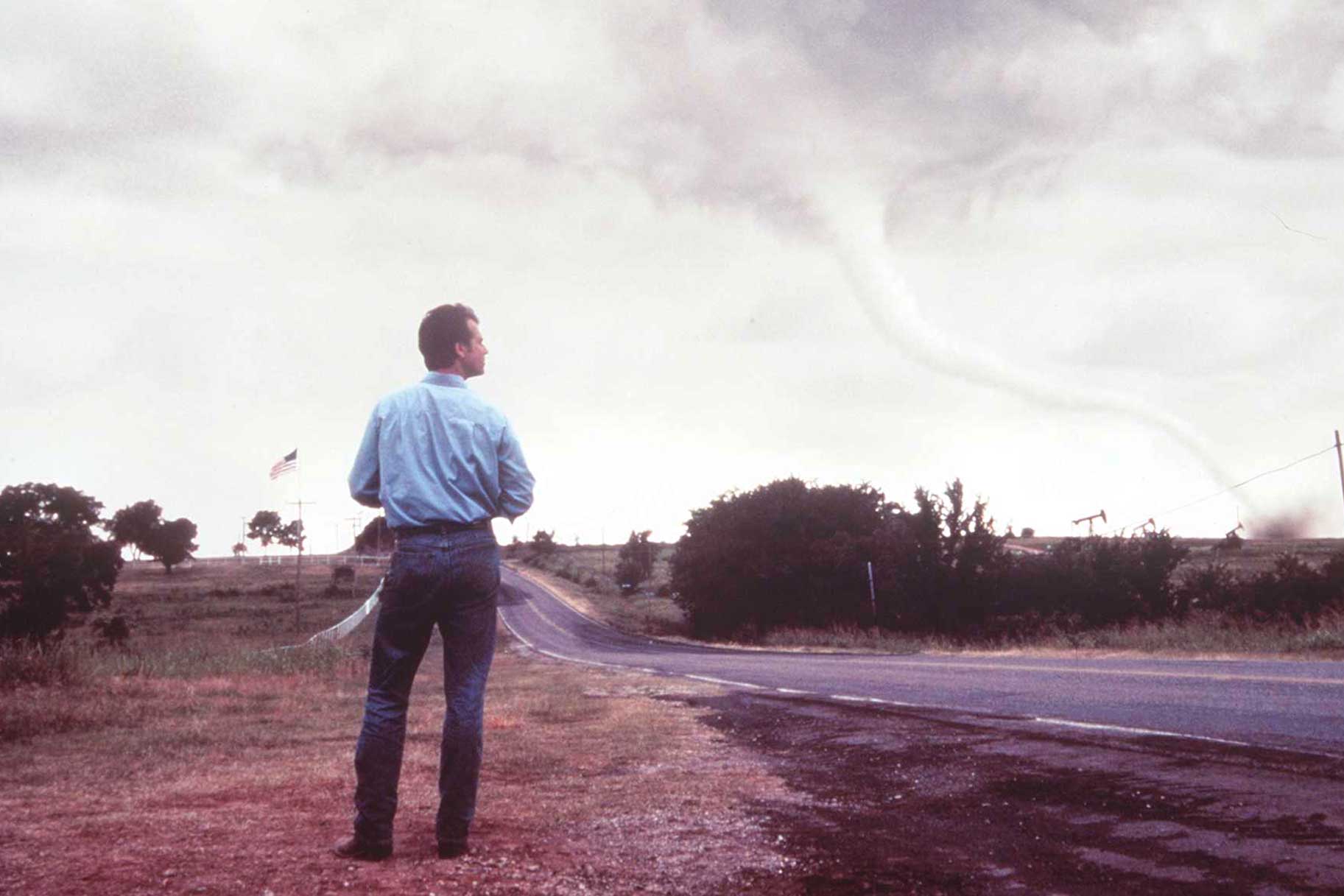Create a free profile to get unlimited access to exclusive videos, sweepstakes, and more!
Are Tornadoes Getting Worse? "Historic" 2024 Tornado Season Explained
The timing and location of tornadoes are changing. The Greenfield, Iowa outbreak is a tragic, recent example.

At certain times of year and in certain parts of the world, tornadoes sprout up by the hundreds. For decades, scientists have attempted to tie a lasso around the wind and better understand what triggers the annual weather systems that carve a path of destruction across tornado alley. Our fascination with extreme weather systems extends even outside of the laboratory and onto the big screen.
In 1996, director Jan de Bont delivered the blockbuster storm chaser movie Twister, a contender for the best disaster flick of all time. This summer, moviegoers will return to a fictional version of tornado alley in Twisters. In the meantime, a version of the movie is playing out in real life as tornado season 2024 continues.
What is Tornado Alley?
Tornadoes can happen in regions scattered throughout the world, but they are most common in central North America, where the geography is perfect for creating perfect tornado conditions. Hot, wet winds from the Pacific Ocean crest over the Rocky Mountains, cooling along the way. When they drop back down on the eastern side of the mountain range, they meet up with winds from the Gulf of Mexico. Sometimes, when those two oceanic weather systems come together over the middle of North America, they team up to create twisters.
For More on Natural Disasters:
A Buoy in the Pacific Detected the Most Extreme Rogue Wave Ever Measured
Does the Earth have a Mysterious 27.5 Million Year Catastrophe Cycle?
Detecting Tsunamis from Space by Their Influence on the Air
The region where tornadoes most frequently pop up has become commonly known as tornado alley, but it doesn’t refer to any specific place. In the past, tornadoes have largely been concentrated over parts of Texas and Oklahoma, but the region has shifted over time. Today, they happen over a wider stretch of land including parts of Missouri, Arkansas, Tennessee, Kentucky, Mississippi, Alabama, and other nearby states. Tornadoes have even cropped up in parts of Wyoming, Colorado, and Utah.
When is Tornado Season?
Tornadoes are caused by weather systems which are more common during certain parts of the year. Typically, those warm, moist winds from the Pacific and the Gulf start meeting up in the spring and summer, generating an average of 1,200 tornadoes across the United States every year. However, it’s worth noting that our ability to detect and track tornadoes has improved over time, and we only have reliable data going back to about 1950. Prior to that, the frequency and intensity of tornadoes is less clear.
While you’ll continue to hear references to tornado alley on the news and in the headlines, in actuality the region of highest risk shifts throughout the year. During the cooler spring months, tornadoes are most common in the southeast. Peak activity will move into the southern and central Plains states in May and June before shifting into the Northern Plains states and Midwest during the summer. While tornadoes can happen at any time of year, they are most common from March to July, each year.
Are Tornadoes Getting Worse?
The data suggests that individual storms and tornado outbreaks are getting a little stronger and a little more frequent. In 2023, there were 1,423 reported twisters, roughly 18 percent higher than average. In 2024, we’re on track to land somewhere between 1,250 and 1,375, trending toward another higher-than-average year.
However, there is likely some noise in the numbers. We’ve gotten a lot better at detecting and tracking tornado activity, thanks in no small part to smartphones and the internet. Some of the uptick in numbers can be explained by small, weak tornadoes which might not have been captured in years past. That said, some of the increase is certainly real.
In April 2024, there were 300 recorded tornadoes, making it the second most active April on record, according to preliminary data from the NWS Storm Prediction Center. High activity has continued into May 2024, marking what appears to be the beginnings of a historically bad tornado season. At the time of writing, search and rescue efforts continue following a destructive tornado in Greenfield, Iowa.
As climate change raises the average global temperature, the number of days with tornado forming conditions is likely to increase. And if there are more opportunities for tornadoes to sprout up, we can expect to see more of them. We’re all about seeing more tornadoes, we just prefer to see them on the big screen.
Catch Twisters, starring Daisy Edgar-Jones, Glen Powell, and Anthony Ramos, in theaters July 19, 2024.



























